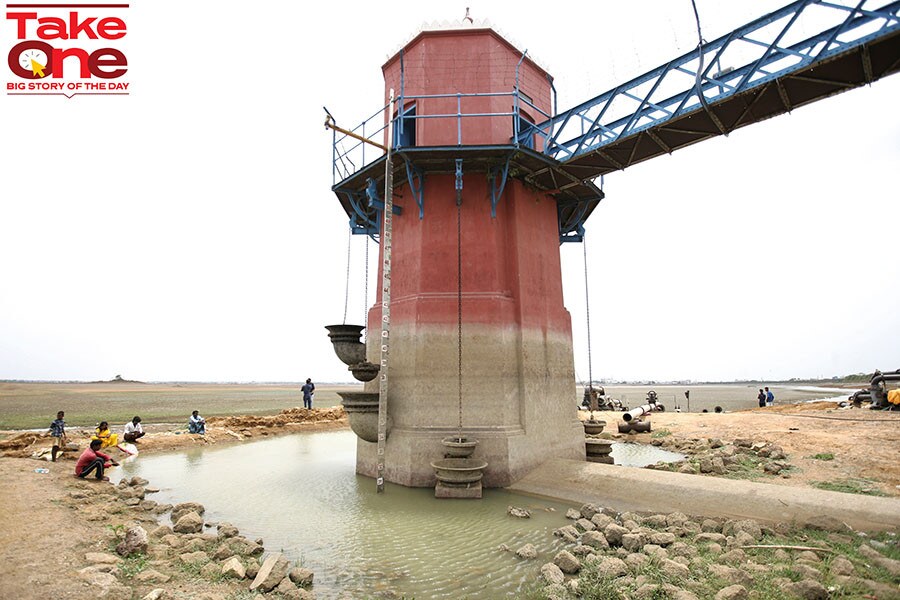
Will El Nino further heat up Indian macro and markets?
Depleting water levels, combined with an erratic monsoon and high heat may aggravate the economic situation, which is already grappling with inflation and growth slowdown concerns
 As per WMO estimates, El Nino can also cause severe droughts over Australia, Indonesia, and parts of southern Asia. Image: P. Ravikumar / Reuters
As per WMO estimates, El Nino can also cause severe droughts over Australia, Indonesia, and parts of southern Asia. Image: P. Ravikumar / Reuters
With India already battling a severely hot summer and receding water levels, the task to mitigate such climate risks has become more acute as the United Nations has warned that the likelihood of El Nino, developing later this year, is increasing. Rising temperatures and a below-normal monsoon may further cripple the economy, which is combating challenges like steep inflation, growth slowdown concerns and weather fluctuations between heatwaves and unseasonal rains.
As agriculture contributes 18 percent of India’s GVA (gross value added), growth in agricultural GVA may be thwarted during El Nino years. A bad or scanty monsoon and severely hot temperatures, even if not drought, damage crops, hitting agricultural income, which in turn has an impact on inflation, sales of two-wheelers and tractors, overall rural demand and credit off-take for banks.
“Our assessment of the demand environment revealed that El Nino has, in the past, adversely impacted the topline as well as volume of FMCG companies. The sharp deceleration in sales of tractors as well as two-wheelers paints a grim picture of the rural demand environment. We believe that the nascent rural recovery could get delayed in an event of an El Nino,” Hitesh Suvarna, analyst, JM Financial Institutional Securities says. Agriculture also employs around half of the country's workforce.
According to a statement on May 3 by World Meteorological Organization (WMO), specialised agency of the United Nations, the development of an El Nino will most likely lead to a new spike in global heating and increase the chances of breaking temperature records. “The world should prepare for the development of El Nino, which is often associated with increased heat, drought or rainfall in different parts of the world,’ said WMO.
As per WMO estimates, El Nino can also cause severe droughts over Australia, Indonesia, and parts of southern Asia. There is a 60 percent chance for a transition to El Nino during May-July, and this will increase to about 70 percent in June-August and to 80 percent between July and September. Subsequently, there could be increased rainfall in parts of southern South America, the southern United States, the Horn of Africa and central Asia.







